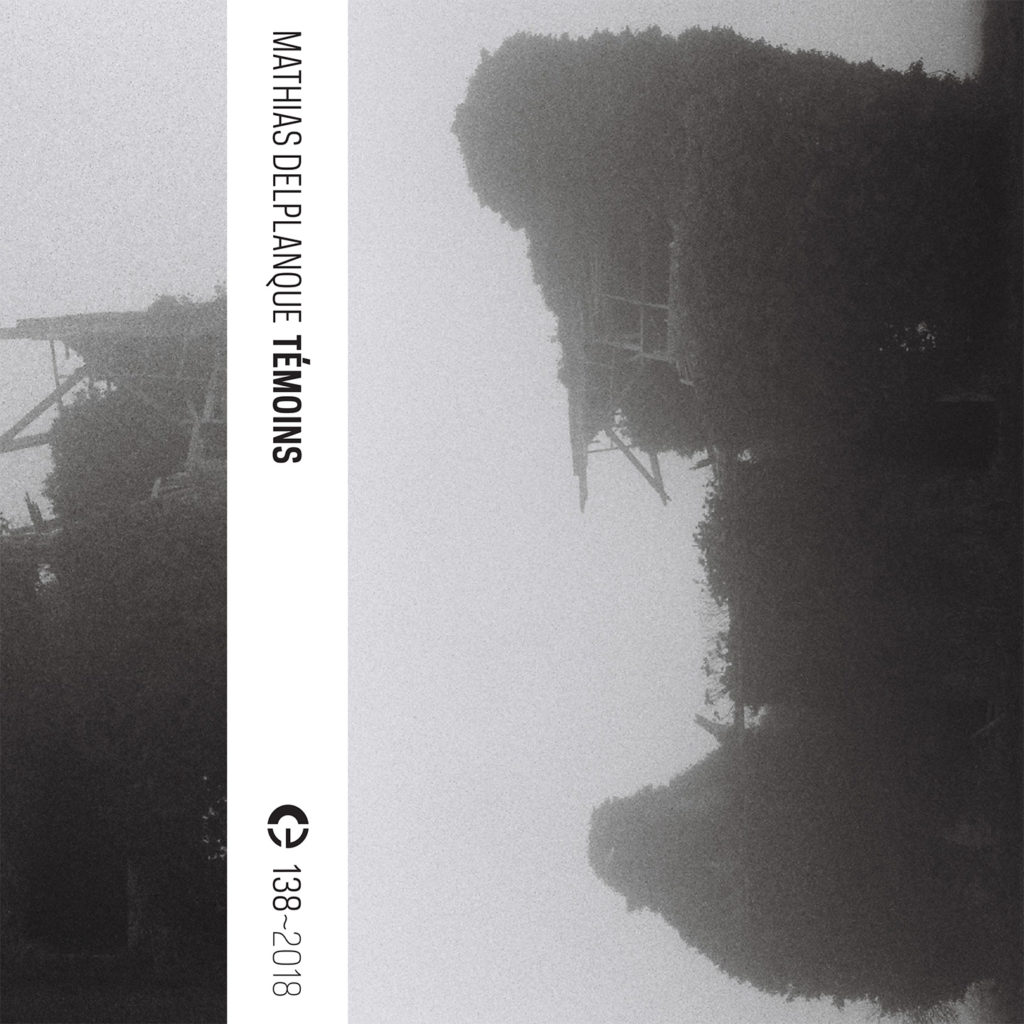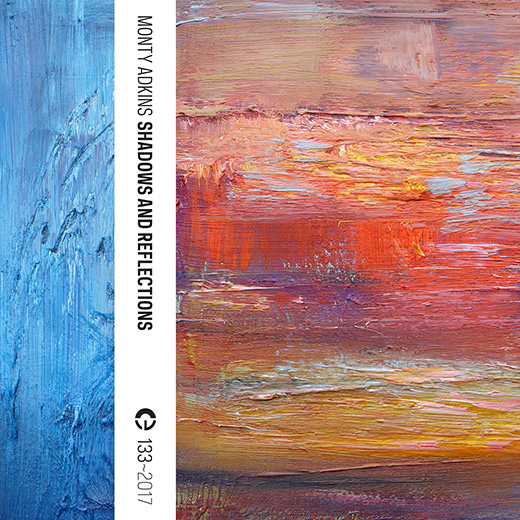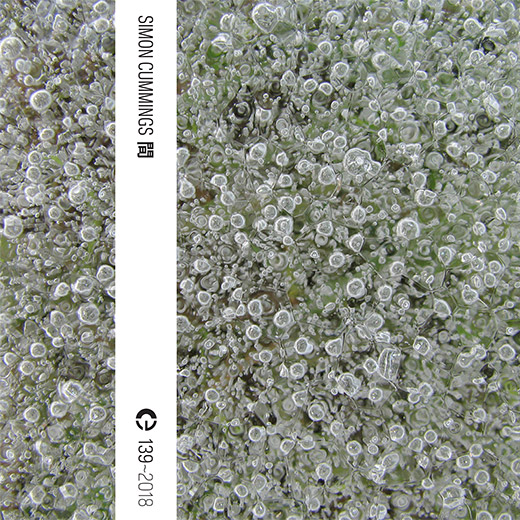
Sound artist, music critic, teacher, composer for theater and dance and founding member of several ensembles releases his third album on Portuguese Crónica Electrónica label based in Porto wich is run by sound artists Miguel Carvalhais and Pedro Tudela.
‘Témoins’ contains three pieces that were commissioned works in which Deplanque made recordings in different sites. The opener “Roz”, was recorded in Roz- sur-Couesnon, in the region of Brittany, between April and May 2014 and mixed in Nantes in September 2016. The sounds collected here are of a farm apparently, with birds, pigs, cows, objects like chains or similar one, human voices, raindrops. This, without the intervention of any electronic device.
‘Bruz’ was recorded at the Faculté des Métiers (IFA) in Bruz (Rennes) between March and April 2011 and mixed in Nantes in May 2011. The ambient noise of objects and people talking while working, blend with the tinkling of bells and machines that throw out water to clean what could be a dairy. There is also no processing, only pure field recordings.
‘TU’ – that close this release – was recorded at the Théatre Universitaire de Nantes, on October 8, 2011, during a rehearsal of the Stomach Company, Ô l’air frais des bords de route and mixed in Nantes on October 9, 2011. On ‘TU’ the piano notes are in the foreground while listening to some dialogues and several noises but in which he appreciates some environmental keyboard lines that are in the background, very subtle by the way, but that give a disturbing touch, as if it were a soundtrack. Guillermo Escudero
via Loop






